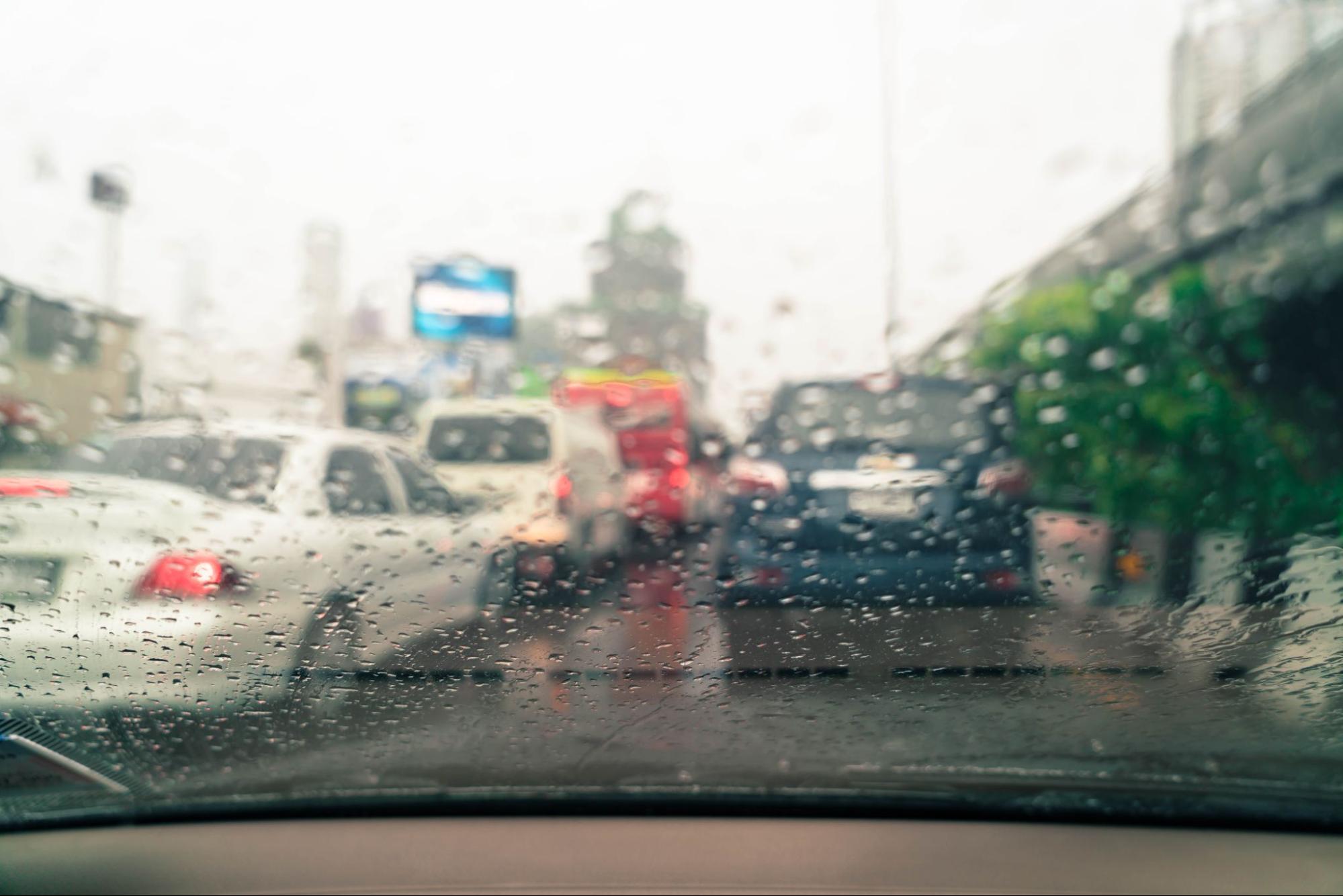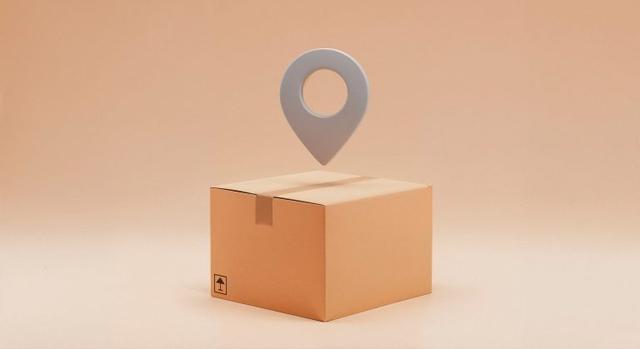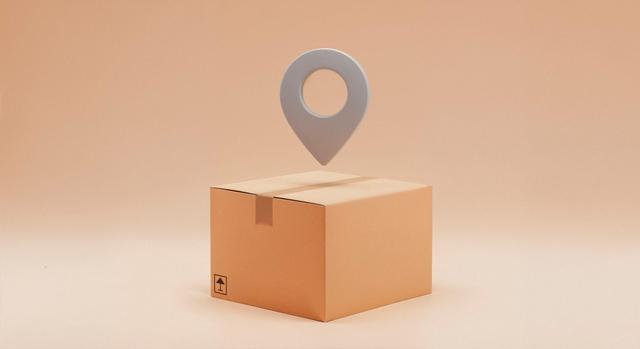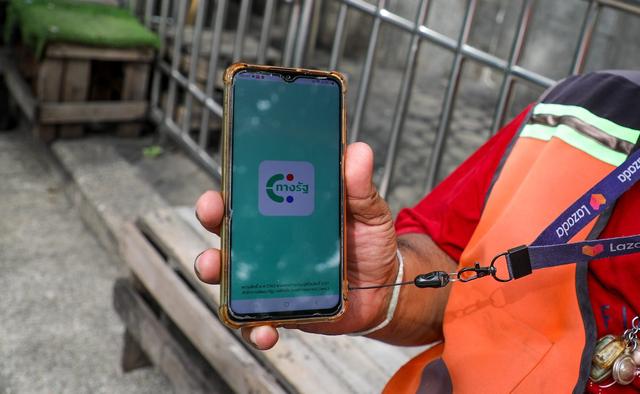These figures clearly show that flooding is not only a natural disaster that damages homes but also causes significant harm to vehicles across the country.
Another question that has sparked curiosity on social media is: “Does turning off the air conditioner really help when driving through floodwaters?” — a frequently asked question that many drivers want answered.
Why should you turn off the air conditioner while driving through flooded areas?
Pattanadech Asasappakij, an automotive expert, explained that turning off the air-conditioning system while driving through floodwaters mainly depends on the depth of the water. If the water level is not too high, it may not be necessary to turn it off. However, as a general rule, it’s safer to switch it off beforehand. The reason is that the air-conditioning fan might spin and splash water into the engine bay, posing a risk to the vehicle’s electrical system. If a short circuit occurs, the engine could stall. For electric vehicles, electrical damage can have an even more immediate and serious impact on drivability.

Mr. Pattanadech Asasappakij, automotive expert.
Aside from the air conditioner, another important point is to keep the car windows slightly open. If you turn off the A/C and keep the windows closed, fog will form on the glass, reducing visibility and increasing the risk of accidents. Moreover, when driving through floodwaters, unexpected hazards can occur — such as potholes, road subsidence, or warning signals from other drivers like shouts or honking. With all windows closed, you may not hear these warnings, which could put you in danger.
Therefore, when you must drive through flooded areas, remember these two key tips:
- Turn off the air conditioner — to protect the vehicle’s electrical system from water damage.
- Open the windows slightly — to improve visibility and stay alert to sounds and signals from your surroundings.
These simple precautions can help reduce risks and increase your chances of getting through floodwaters safely.
How to drive safely through flooded areas:

Before driving through floodwaters, assess the water level first. If the water is higher than half the height of your tires, or reaches the hood of the car, it’s too risky and you should not attempt to drive through. When driving through water, use a low gear and maintain a steady engine speed. Drive slowly and smoothly, avoiding sudden acceleration or hard braking. Regarding the air conditioner, adjust appropriately: if you turn off the A/C, slightly open the windows to reduce heat inside the cabin; if you keep the A/C on, avoid setting the fan to the highest level to prevent excessive air suction from outside. After passing through the water, do not hold the brakes down continuously; instead, tap the brakes lightly several times to help expel water and restore brake performance. Drive slowly and steadily, avoiding frequent speed changes, sudden steering, or overtaking. And most importantly, if water enters the vehicle, turn off the engine immediately and do not restart it, as doing so may cause hydrolock, which can severely damage the engine.
The Office of Insurance Commission (OIC) has outlined five levels for assessing vehicle damage caused by flooding. These categories range from minor flooding affecting only the car floor to cases where the entire vehicle is submerged. Each level affects the repair cost assessment and insurance claim process as follows:
Level A: Floodwater reaches the car floor, with repair costs around 8,000–10,000 baht.
Level B: Floodwater reaches the seats, with repair costs around 15,000–20,000 baht.
Level C: Floodwater reaches the lower part of the front console, with repair costs around 25,000–30,000 baht.
Level D: Floodwater reaches the upper part of the front console, with repair costs starting from 30,000 baht or more.
Level E: The entire vehicle is submerged; the insurance company will provide a total loss payout.
Flood insurance claims depend on the coverage terms stated in the policy. However, if the driver deliberately drives through floodwaters and the vehicle is damaged as a result, the insurance may not cover the damage.
- What to do when your car is flooded
- Check your insurance policy to see if it covers flood damage.
- Avoid driving through deep water — if the water level is too high, do not attempt to drive.
- Do not restart the engine if it stalls in the water, as this could cause severe engine damage.
- For more information or questions about insurance coverage, contact the OIC hotline at 1186 or visit www.oic.or.th.










